Lamb’s Quarters, also known as Chenopodium album or wild spinach, might sound like a quirky character from a whimsical garden tale, but this little green wonder is a true hero in the world of gardening and health. Often dismissed as a common weed, Lamb’s Quarters is like that unassuming friend who surprises you with hidden talents.
From enriching your garden’s soil to providing a wealth of nutritional benefits, it’s time to uncover the delightful secret of this unpretentious green companion.
Garden And Health Benefits
1. Garden Soil Revival
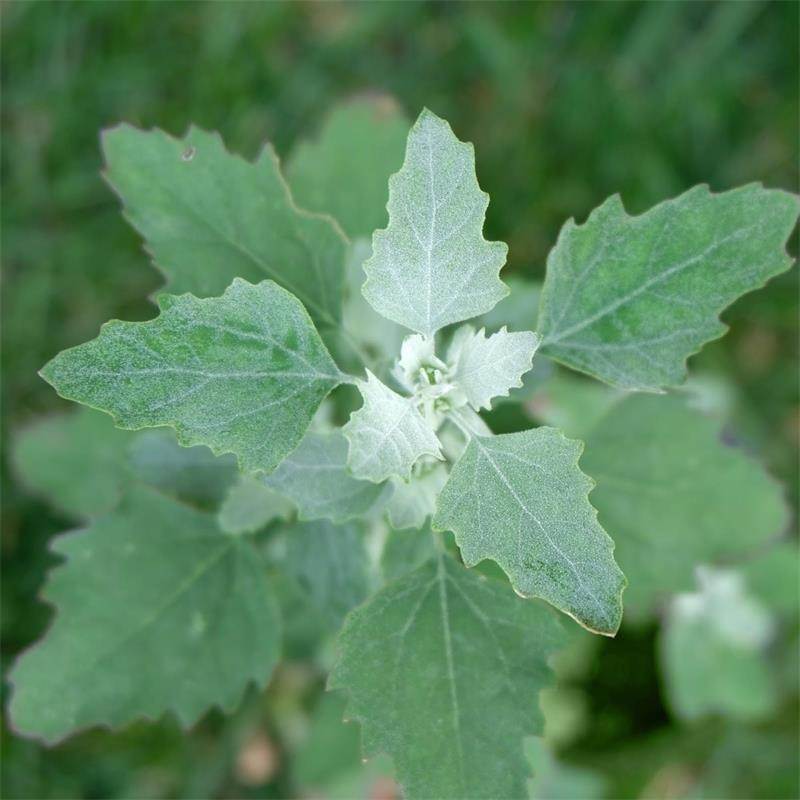
When grown in your garden, lamb’s quarters acts as a dynamic accumulator, drawing up nutrients from deep within the soil and depositing them in its leaves. As you cultivate and chop and drop these nutrient-rich leaves, you’re essentially feeding your garden with a free, organic fertilizer, boosting the soil’s fertility. Your other garden plants will thank you for this leafy benefactor.
2. A Nutrient-Packed Superfood
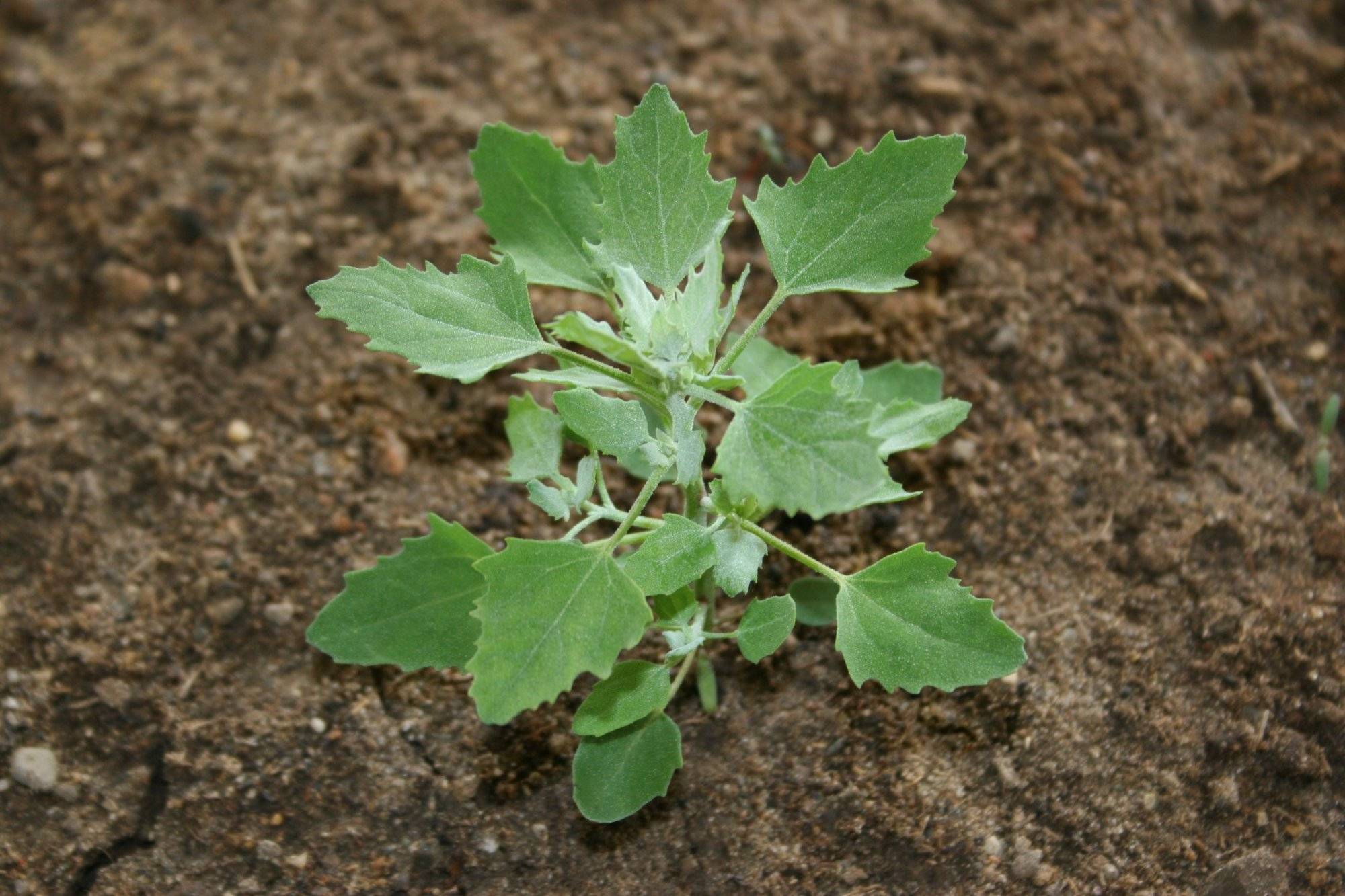
Who knew a humble weed could be a nutritional powerhouse? Lamb’s Quarters is rich in essential vitamins and minerals, including vitamins A and C, calcium, and iron. Incorporating it into your diet can be like adding a natural multivitamin to your meals.
3. Easy On The Water Bill
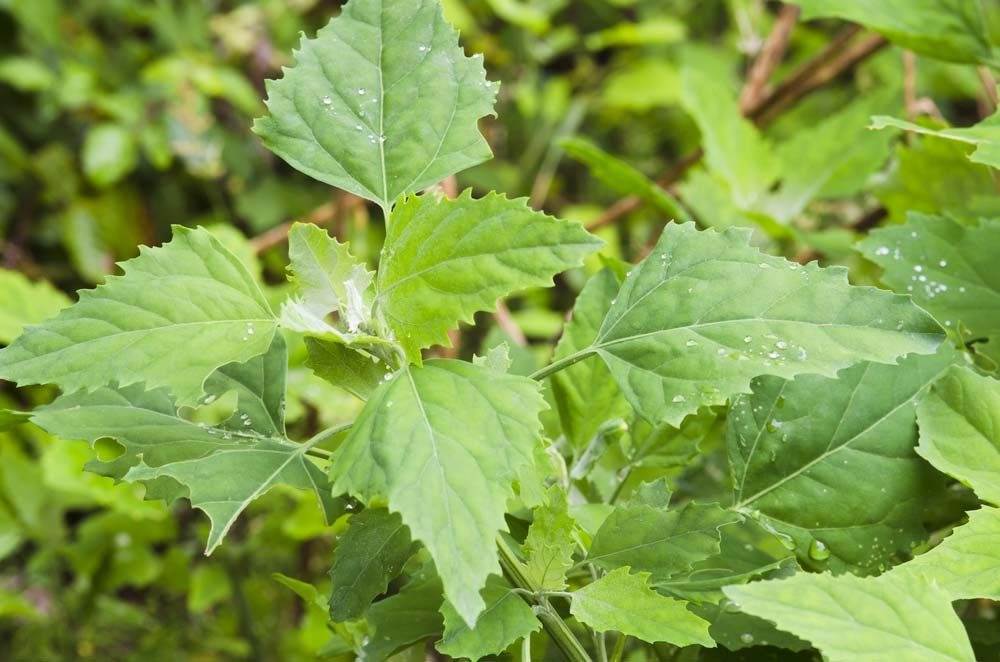
This unassuming friend is also a water-wise companion. Lamb’s Quarters has deep taproots that can access water sources far below the surface. This means it’s perfectly suited for arid or drought-prone regions, where it can thrive on minimal irrigation.
4. A Bird Haven
Lambs quarters provide a lot of seeds that are high in protein and fat. Many birds, particularly finches, sparrows, and quail, adore these seeds and will come to your garden to search for this rich source of nutrition. Plus, its dense foliage can offer shelter from predators and harsh weather and provide cover and nesting material for birds.
If you want to grow lambs quarters in your garden to attract birds, you can either let them grow naturally from the seeds that are already in the soil, or you can sow some seeds yourself.
5. A Culinary Chameleon
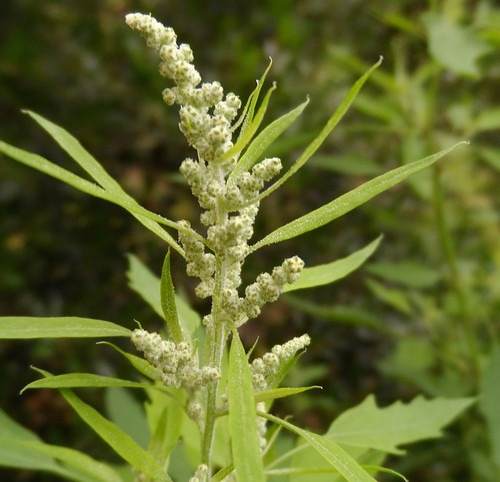
You might be surprised with the benefits of wild spinach when it comes to culinary. Lamb’s Quarters isn’t just a garden hero, it’s a culinary chameleon. Its leaves can be used in salads, soups, sautés, or even as a spinach substitute. The flavor is mild, like a blend of spinach and chard, making it a versatile ingredient. Cooking with Lamb’s Quarters is like discovering a new, delightful ingredient in your garden’s pantry.
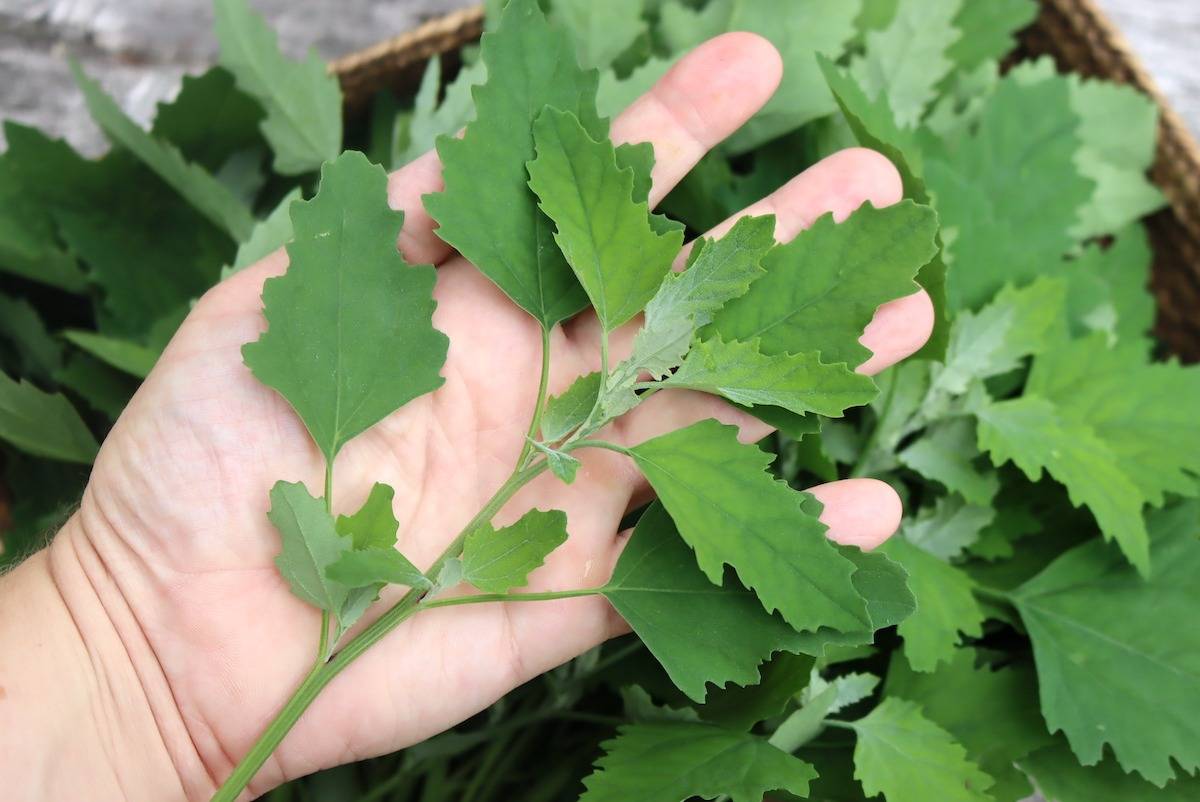
Find And Harvest Lambs’ Quarters Properly
1. Discover Lamb’s Quarters In Your Garden
Finding Lamb’s Quarters is like discovering treasure in your own backyard. It’s a common weed that grows abundantly in many regions. You don’t need to embark on an epic quest, just take a stroll in your garden or nearby fields, and you’re likely to spot it. Your garden may already be hosting this generous guest without you even realizing it.
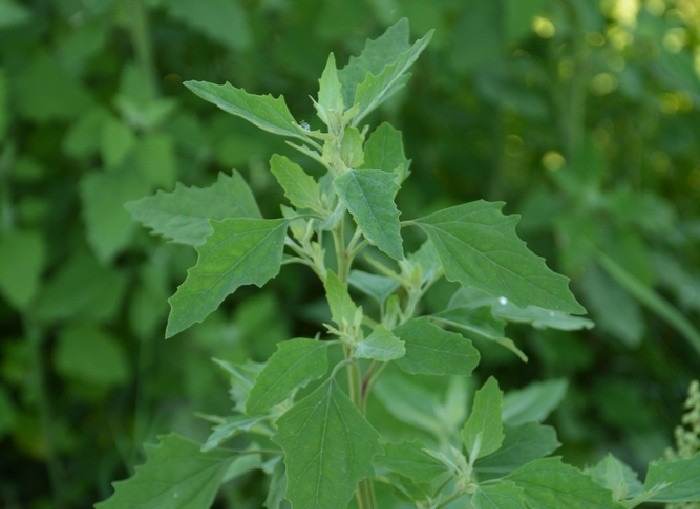
2. Harvesting And Storing Lamb’s Quarters
Harvesting Lamb’s Quarters is as easy as giving your garden a haircut. Simply snip the upper leaves and tender stems, leaving the lower portions to keep growing. The plant is remarkably resilient and will continue to produce fresh foliage throughout the season. It’s like a self-replenishing salad bar right at your doorstep.
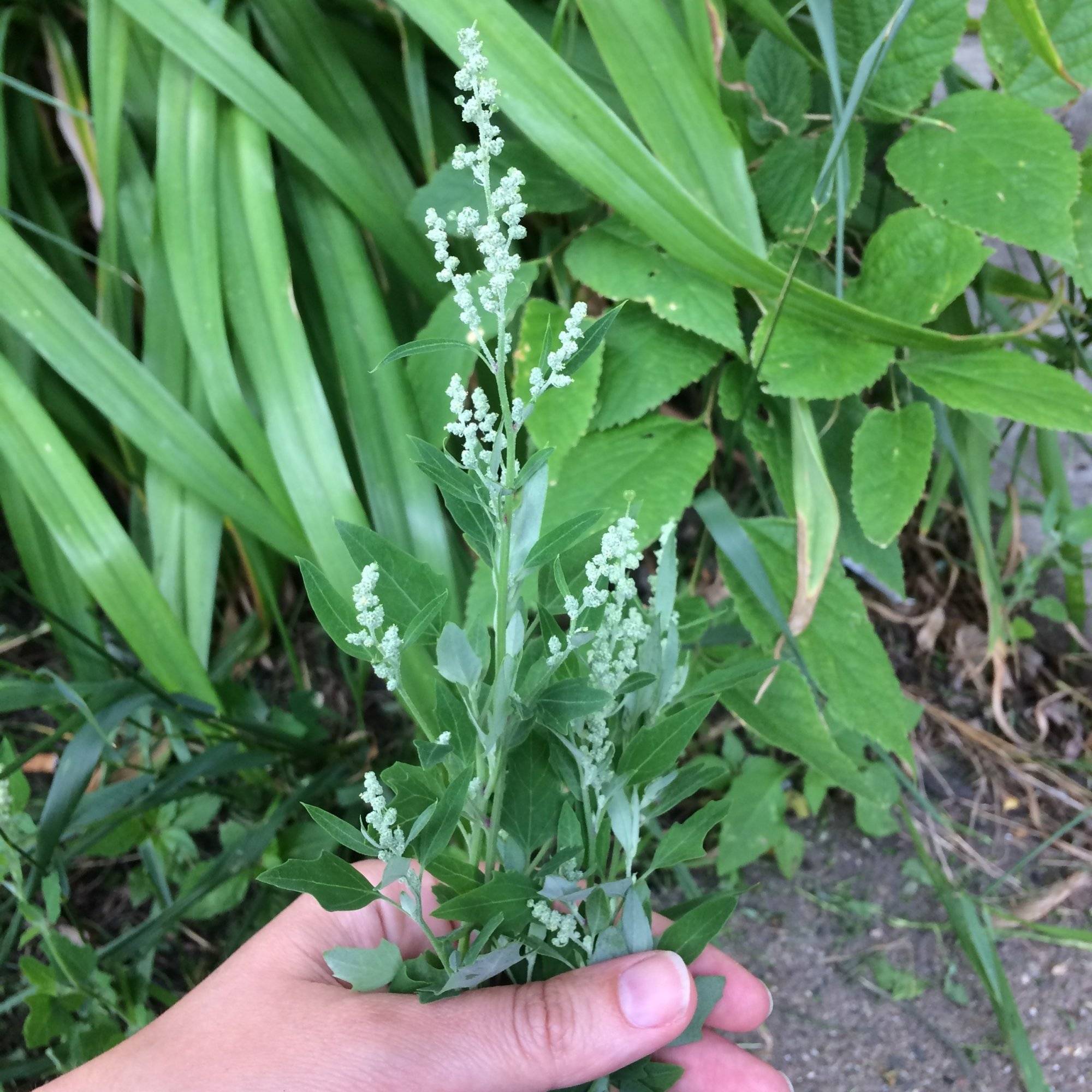
Your lamb’s quarters may not last very long after harvesting, so you may want to store it properly to preserve its freshness and flavor. If you want to store lamb’s quarters in the refrigerator, you can wrap them in damp paper towels and put them in a ziplock bag.
This method can help to lengthen its cycle from 1-3 days. To dry lamb’s quarters, you can hang them upside down in a warm, dry place until they are brittle. Then, you can crumble them and store them in an airtight jar or container.
Lamb’s Quarters, the unassuming garden guest, offers an array of benefits to both your garden and your health. From enriching your soil to providing a nutritious addition to your diet, it’s time to embrace this green wonder. Whether you grow it intentionally or simply forage from your garden, Lamb’s Quarters is a surprising and welcome addition to your gardening and culinary journeys.
